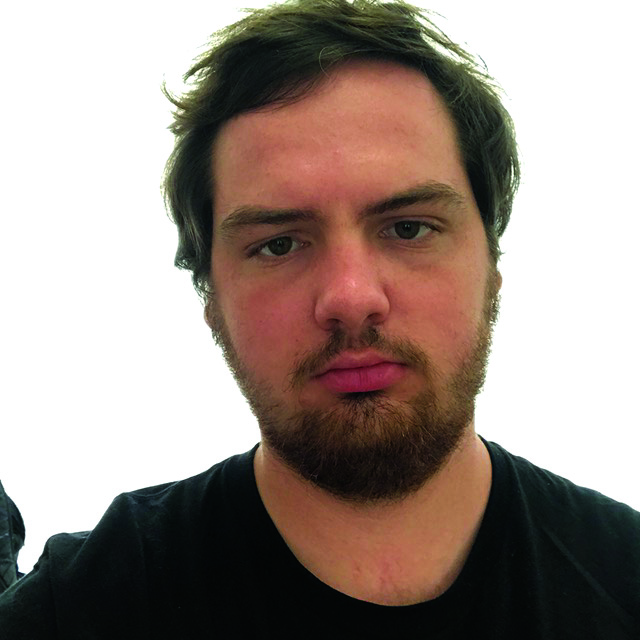
If you look through the history of horror movies, you will see each generation has unique, different films that clearly represent them.
From the fears of the Cold War to the introduction of torture films, the horror genre has been a means for progressive commentary on trending fears, and while scary movies have had their fair share of setbacks — such as “the black guy always dies first” archetype — 2017 has marked a great step forward in the industry.
If you start with what many people agree is the first horror movie ever made, “Nosferatu” in 1922, you can see influences following World War I within the plot. You see the monster in the movie portrayed as an outsider to society and someone who should be ridiculed, a very common line of thought that continued to grow as World War II approached.
During the 1930s and 1940s, horror films were primarily used as a means of escapism in America and Europe. As both were dealing with real life horrors like the Great Depression and World War II, there was an increase in what are now called “B movies” — cheesy flicks that, today, would make you laugh more than actually scare you.
This evolved into the 1950s horror scene, in which B movies like “The Thing from Black Lagoon” and “Godzilla” continued with seemingly similar cheesiness. However, these movies manifested real fears attached to the Cold War threat of atomic warfare.
Later, the counterculture movement of late 1960s and 1970s naturally spread to film, lead by great directors such as Jean-Luc Godard. This movement, however, did not intersect with horror films; the only thing they did was become a lot bloodier.
At this time, serial killers were becoming bigger stories, so films like “The Texas Chainsaw Massacre” and “Halloween” gained huge traction.
The idea of serial killers had always been terrifying, but with people like the Zodiac Killer and Jeffery Dahmer, the idea that anybody could be a monster drove people toward these new slasher movies.
Besides the Italian 1977 film “Supiria,” the first — and still one of the few — horror films with a plot that features a woman in power, the genre still had not been utilized as a progressive platform.
Instead, in the 1980s and 1990s, “Jaws,” another massive franchise like “Halloween,” proved to be the moneymaker and became the dominant movie format for years.
2000s horror is mostly represented by torture films. There are many theories on why this is, but whatever the case, an unfortunate amount of depraved gore flicks controlled the decade.
The 2010’s, thankfully, seem to be fighting against the 2000s by putting women in the lead and hopefully ending an era of male-dominated torture flicks.
“It Follows” is a perfect metaphor for how women have been treated in horror films, as we see a woman have sex and be stalked by a creature for the rest of the film as a result.
In horror films, there is a cliché that when someone, specifically a woman, has sex on screen, they will die shortly afterwards. “It Follows” addresses this idea, and the main character fights back against the monster instead of being punished through misogynistic overtones in the plot.
Similarly, films like “Get Out” call out the paradigm of people of color as the victims in horror movies and flips it on its head.
A combination of these two issues, “A Girl Walks Home Alone at Night” is a film about a Muslim woman who kills men, representing a positive change. This simply would not have made it to production until now.
Society, as in the late 1960s, is at a pivotal point, and unlike back then, it seems as if horror films are taking an active step toward progress.













John Morehead • Apr 8, 2017 at 8:39 pm
It is difficult to take the author’s theorizing seriously when he gets basic facts wrong, such as the name of the film “The Creature from the Black Lagoon.”